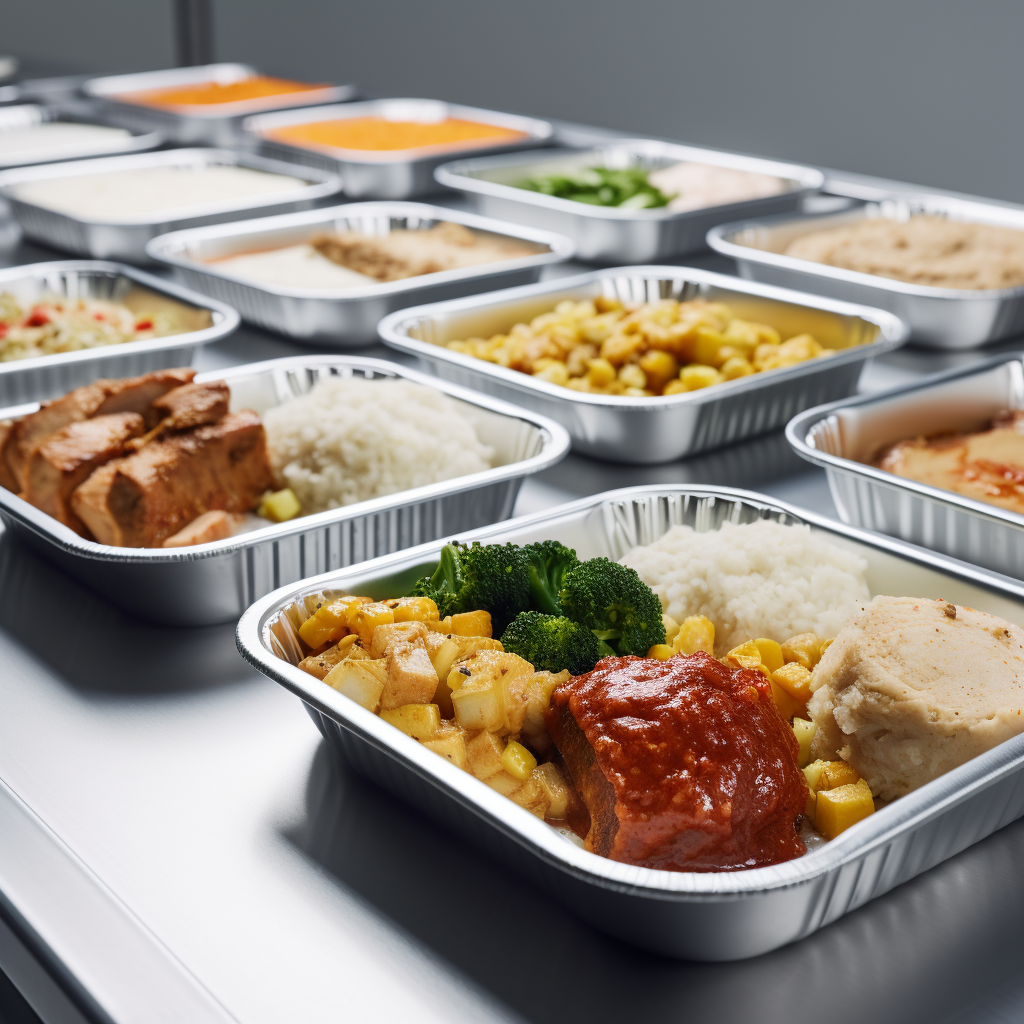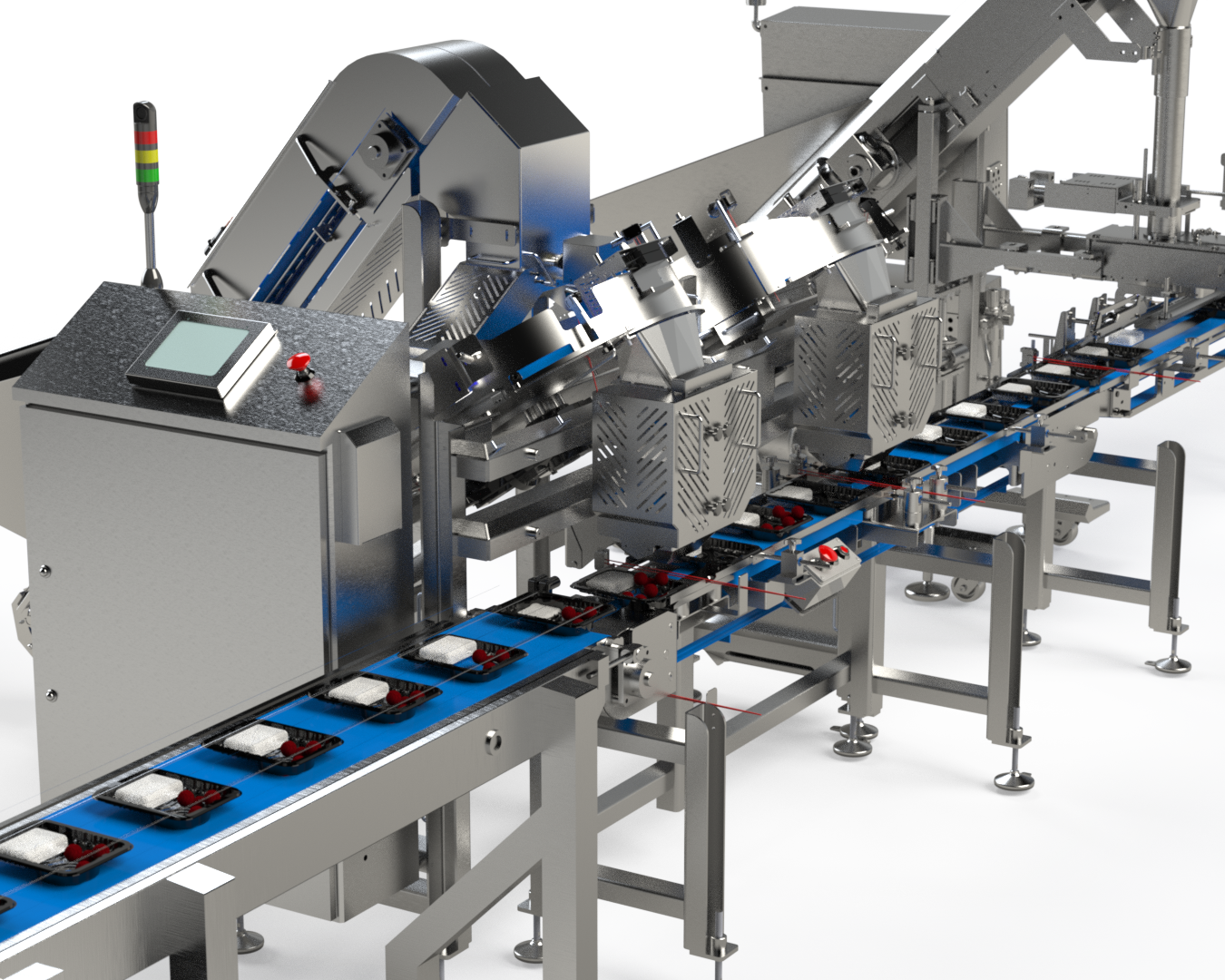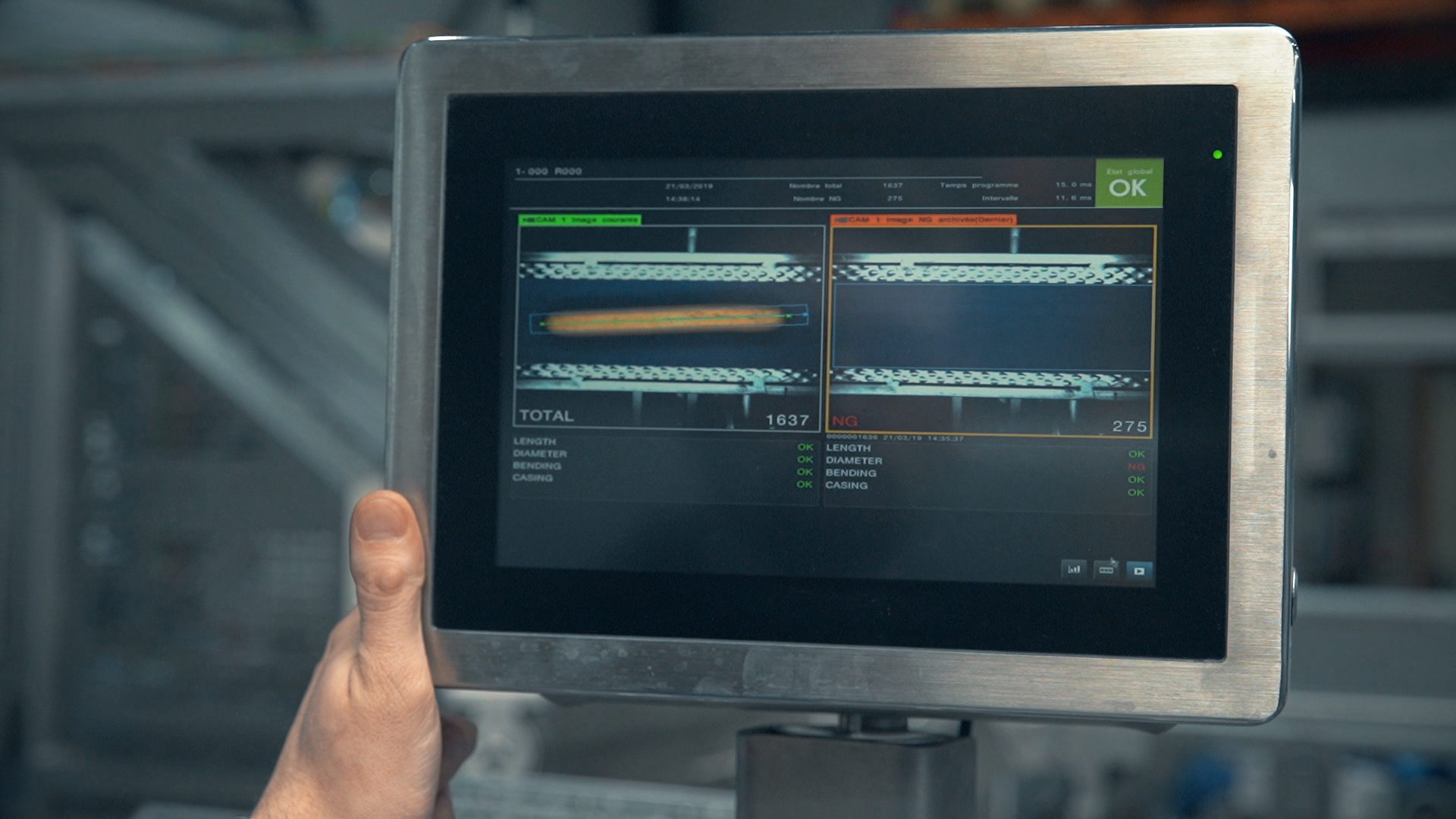The Only 4 Filling Machine Maintenance Tips You'll Ever Need
Filling machine maintenance is a vital part of every company’s standard operating procedure (SOP). After all, if your machines don’t work, it places your brand and financial future at risk. And then, there is the reputational risk when the product you packaged is contaminated. Every company has its own standards for maintenance tasks such as lubrication, repairs, parts replacement, cleaning, and record keeping.
Why should you establish maintenance standards? It enhances efficiency, reduces safety risks, and increases the reliability of the machines. Large companies with high-volume automated manufacturing operations know that implementing standards and following a strict maintenance program is fundamental to their long-term success. Do you follow the
International Organization for Standardization (ISO) or
American National Standards Institute (ANSI) standards? Whichever you choose, here are four filling machine maintenance tips you need.
Did you know? Multi-Fill has more than three decades of experience manufacturing filling machines, and several of our fillers sold in the 1980s are still in operation today.
Adhere to a Preventive Maintenance Schedule
What is a preventive maintenance schedule, and why should you adhere to it? Preventive maintenance means attending to small problems before they become big problems. When a machine, piece of equipment, or system is not operating because the problem was not solved when it first appeared, the downtime is a financial risk to the company.
Condition monitoring is an important part of a preventive maintenance program. By regularly checking the machine's oil levels, vibrations, and temperatures, problems are picked up quickly, thereby limiting downtime. Why should you adhere to a maintenance schedule?
- Extends the lifespan of the machine (asset)
- Reduces risk of injury
- Increases productivity and production
- Increases profits.
Did you know? Multi-Fill machines are easy to maintain as most parts remain on the fillers. Removable components feature quick-release mechanisms, so tools are not needed for disassembly and reassembly.
Combine With Autonomous Maintenance Tasks
Combine the preventive maintenance schedule with autonomous maintenance tasks. Nobody knows filling machinery better than the machine operators working with them every day. And sometimes, they treat the machine as if it has a unique personality, with accompanying quirks and sounds. Autonomous maintenance tasks require machine operators to perform maintenance tasks rather than professional technicians. What are some of the benefits of this practice?
- Improves operator ownership of a machine.
- Reduces unscheduled and scheduled shutdowns, thereby increasing production time.
- Significantly reduces equipment maintenance and production shutdown costs.
- The company risk profile improves as there is less risk of accidents.
Did you know? The surfaces of Multi-Fill machines are designed with a pitch to prevent pooling and shed water.
Understand Your Spare Parts List
Even the parts of an automatic filling machine manufactured to the highest standards will wear down when used frequently. And when you are in the packaging business, filling machines are always working. Machine operators and maintenance technicians learn through experience which parts need regular changing. To keep the production line moving, only well-qualified and trained personnel, or a certified service technician, should replace the parts.
Since not having a part immediately available during a breakdown is rarely an acceptable excuse, it is important to understand your spare parts list. It is generally divided into three categories.
- High-wear parts with a short lifecycle
- Medium-wear parts with a longer lifecycle that does not often fail.
- Low-wear parts that should never fail.
Tip: Build a relationship with your parts supplier or the
machine manufacturer. Then you will know about
future recommended upgrades and can plan appropriately.
Did you know? Multi-Fill has a parts cart made of stainless steel and mounted on casters that holds parts during changeover or cleaning. It reduces the risk of parts being contaminated, damaged, or lost.
Train Your Employees in Effective Machinery Operation
Training should be part of your company’s standard operating procedure. A machine to fill bottles, such as a liquid filling machine, is only as effective as the person operating it. And this is true for all filling machines. Regular, up-to-date training allows operators to know how the machine works and understand the purpose of each element. They will then recognize parts or product filling glitches and failures early, thus limiting the production line’s downtime.
Did you know? Multi-Fill machines are designed for ease of use and require minimal training.
Multi-Fill has filling machines to suit any size factory or line. They are ideal for
packaging rice, pasta, salads, vegetables, fruits, and meats. Our machines are easy to maintain, and we supply spare parts worldwide. Our
service technicians have more than ten years’ experience with the machines and can diagnose most problems over the phone. Do you need assistance with filling machine maintenance?
Contact Multi-Fill today.
Designing a food filling line: Product is king



Stay in Touch
Product news, tips, subscribe to our newsletter:
Contact Us
We will get back to you as soon as possible.
Please try again later.














